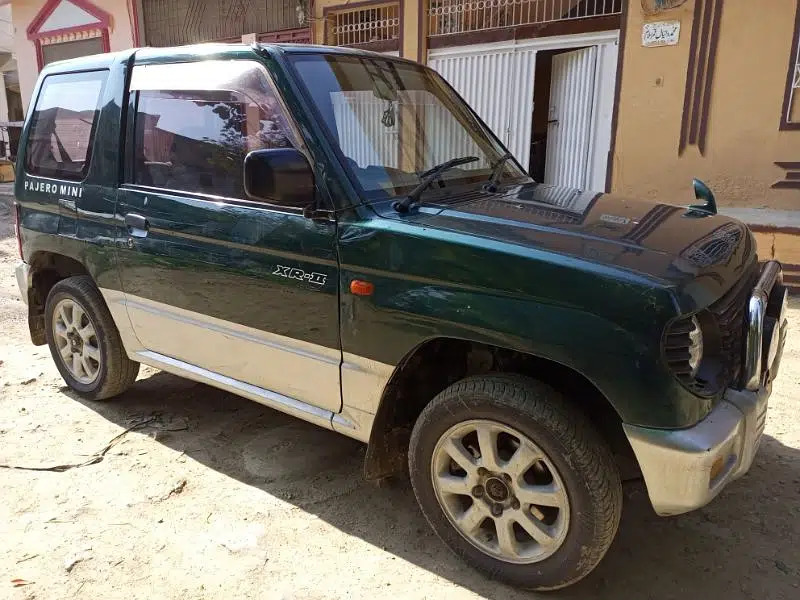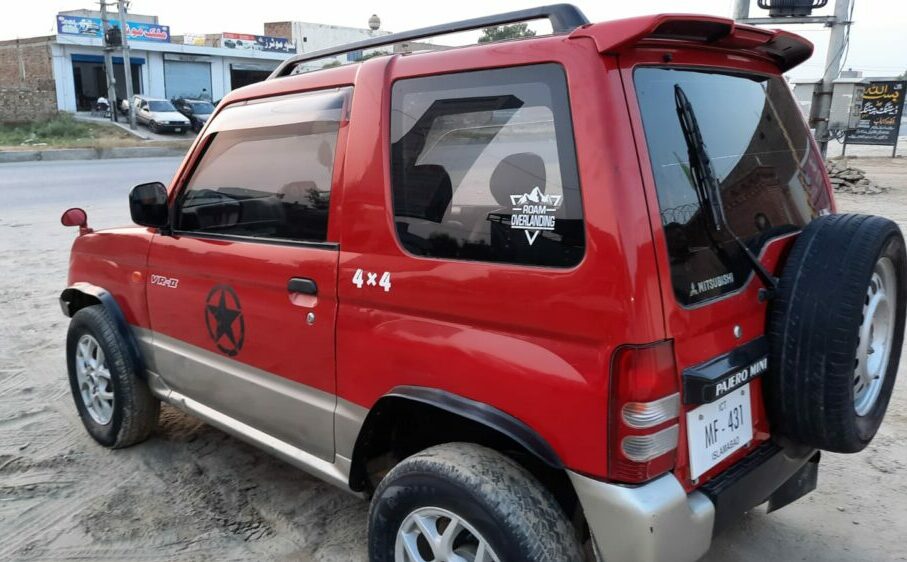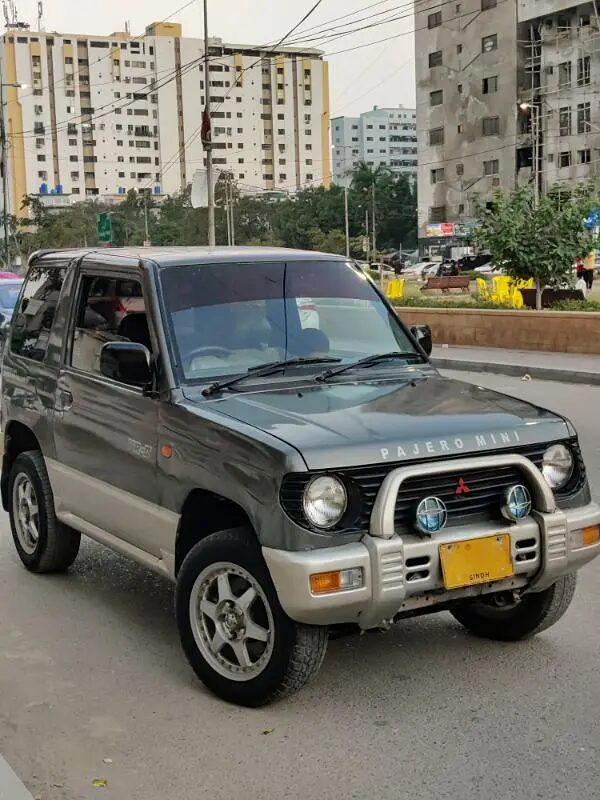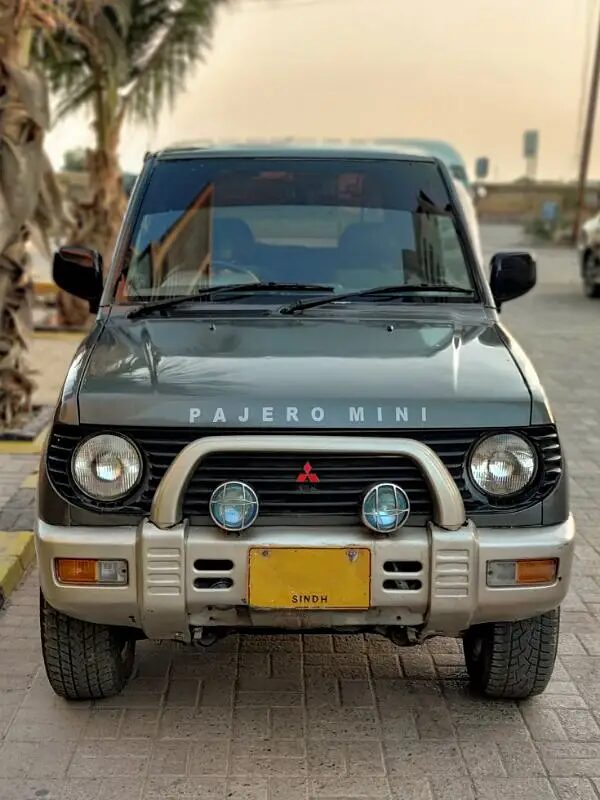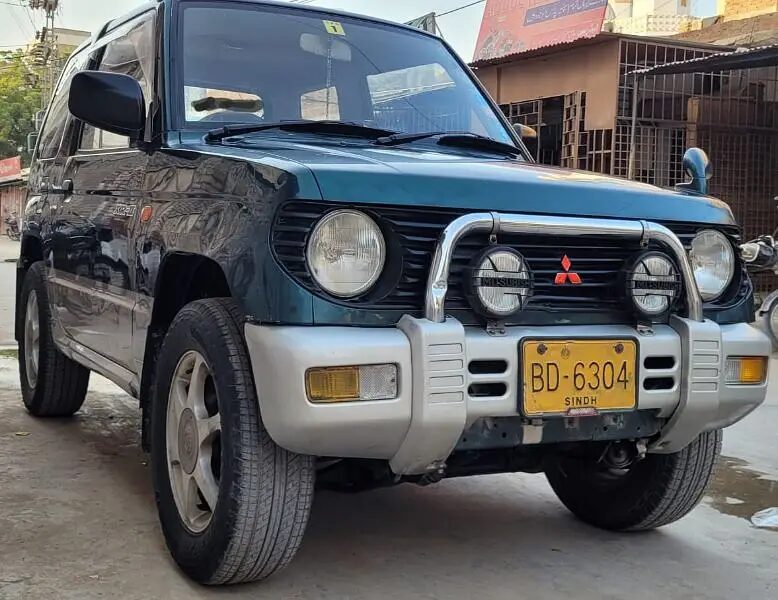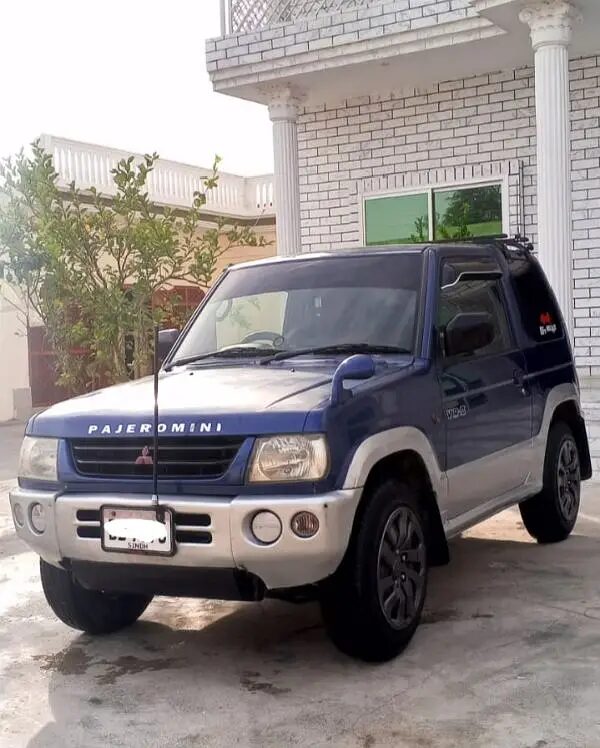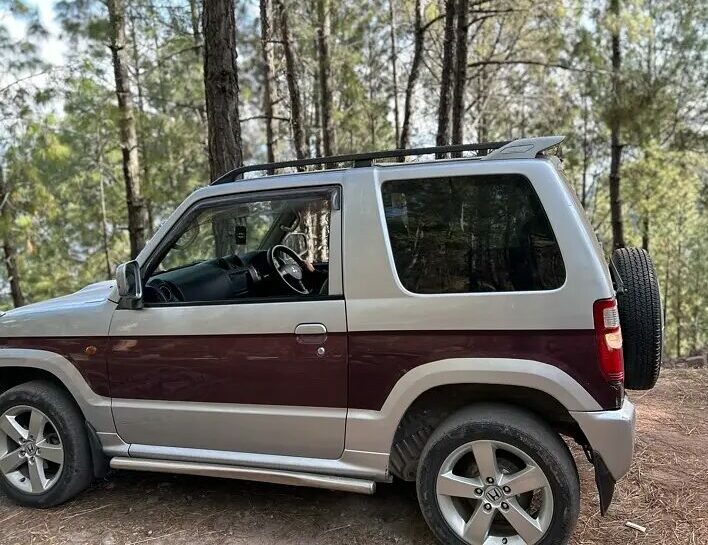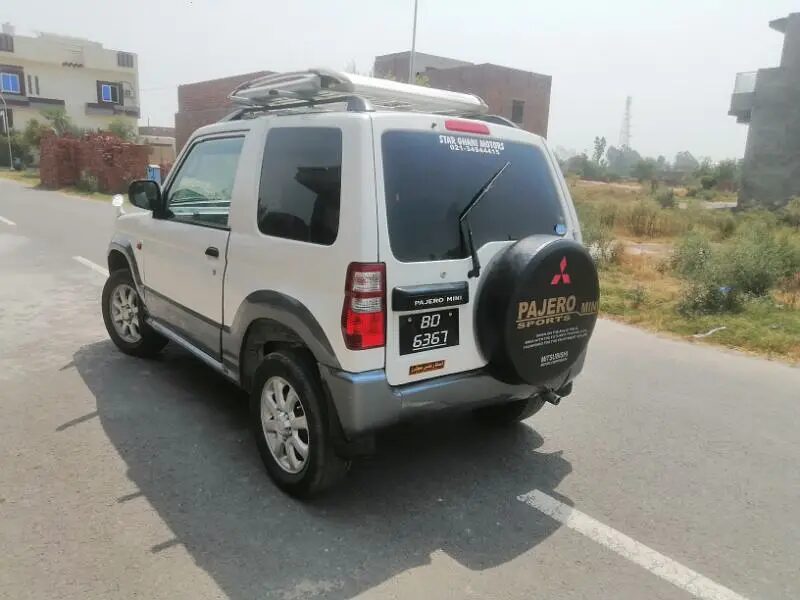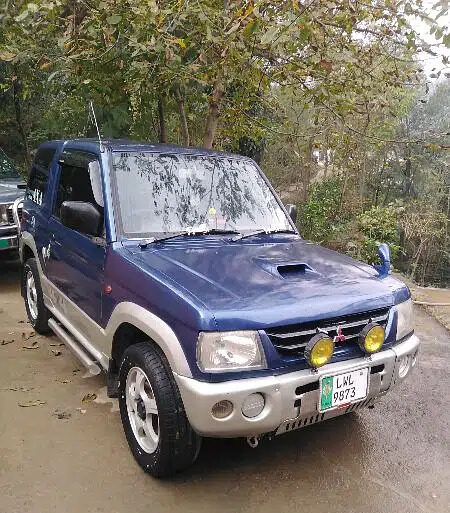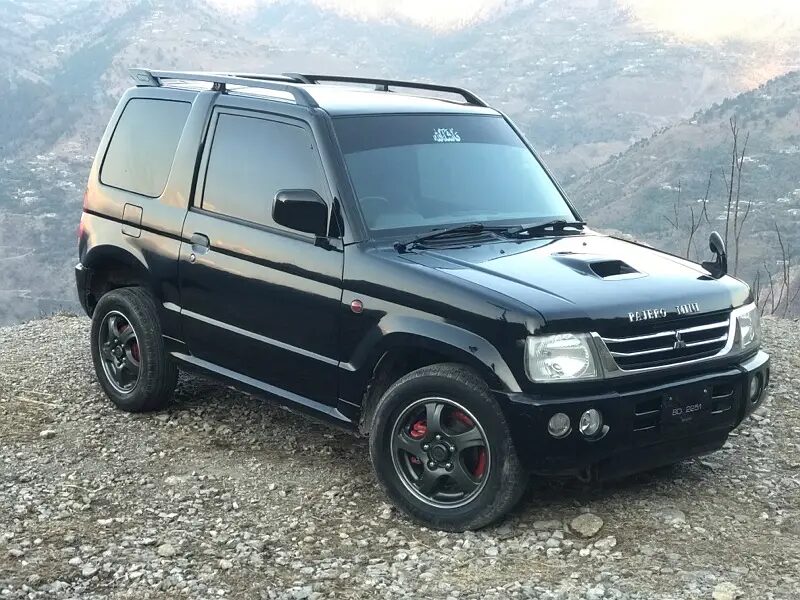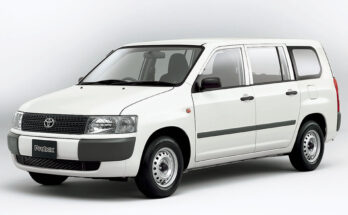The mid-2000s were an exciting time for automotive enthusiasts in Pakistan, thanks to the surge of Japanese Domestic Market (JDM) vehicles entering the country. Among the many imports that captured the hearts of Pakistanis, one compact SUV stood out for its unique charm, practicality, and affordability—the Mitsubishi Pajero Mini.
The Rise of JDM Imports in Pakistan
The early to mid-2000s marked a golden era for JDM imports in Pakistan. Favorable government policies, such as the allowance for importing used cars up to 10 years old, and the comparatively low prices of JDM vehicles made them an attractive choice for buyers. Pakistani consumers were drawn to JDM cars for their superior build quality, advanced features, and fuel efficiency compared to locally assembled vehicles.
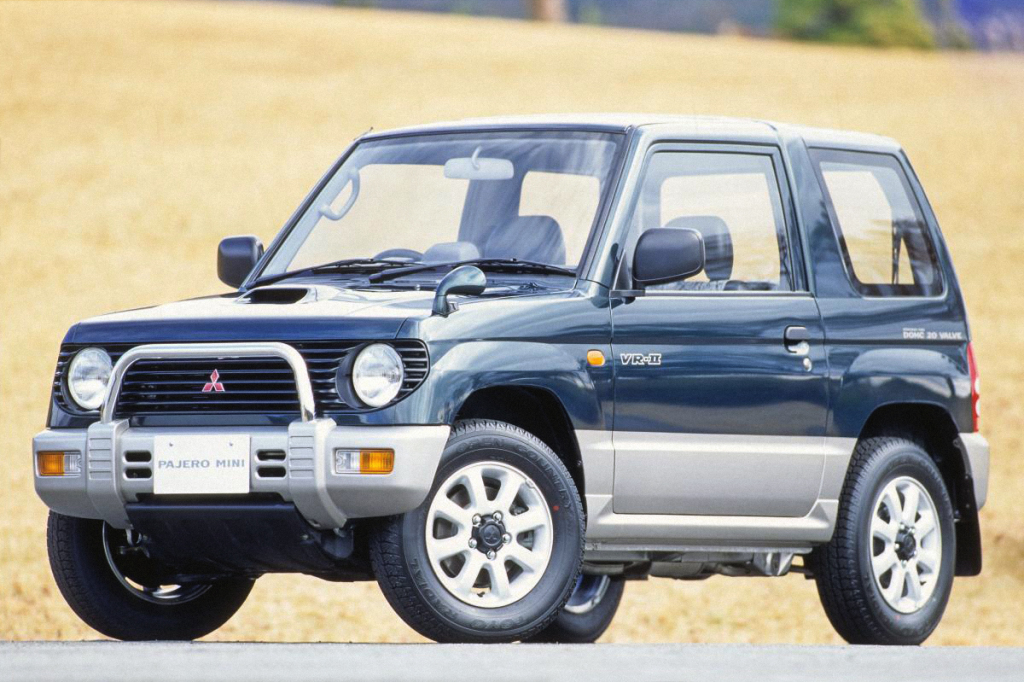
The Pajero Mini, a kei car version of the larger Mitsubishi Pajero, quickly became a popular choice. It offered a unique combination of rugged SUV styling and compact dimensions suited for urban environments, making it ideal for Pakistani roads. Due to the import policy allowing cars up to a decade old, the majority of Pajero Minis imported during this period were mid-90s models.
What Made the Mitsubishi Pajero Mini So Popular?
- Compact Yet Rugged
The Pajero Mini, introduced in 1994, was a smaller sibling to the legendary Mitsubishi Pajero. It retained the SUV-like aesthetics and practicality of its larger counterpart but was designed to meet Japan’s kei car regulations, which limited its engine size and dimensions. In Pakistan, this compact SUV struck a chord with buyers looking for a stylish yet manageable vehicle. Its small size made it perfect for parking in tight spaces and navigating congested urban streets, while its high ground clearance and boxy design gave it a rugged look, appealing to those who wanted an SUV without the bulk. - Affordability
As a used JDM import, the Pajero Mini was significantly more affordable than locally assembled hatchbacks or new vehicles from international brands. This affordability allowed middle-class buyers to own a vehicle with the prestige of an SUV, which was otherwise out of reach. In the mid-2000s, a good-condition Pajero Mini could be purchased for as little as Rs 390,000 to Rs 450,000 which was as much as a brand-new Suzuki Mehran. - Fuel Efficiency
Equipped with a small, efficient engine—typically a 660cc turbocharged unit—the Pajero Mini offered better fuel economy than larger SUVs. This was a crucial factor in a country where fuel prices were steadily rising, and consumers prioritized affordability in running costs. - Reliability and Features
Like most JDM vehicles, the Pajero Mini was praised for its reliability and quality. Many units came with features like 4WD, air conditioning, power windows, and a solid audio system—features that were considered premium in locally assembled cars at the time. - Versatility
Despite its small size, the Pajero Mini was a versatile vehicle. Its 4WD capability made it a decent performer on rough or unpaved roads, making it a practical choice for both urban users and those living in rural or hilly areas. - Dual-tone Colors
One of the standout features of the Mitsubishi Pajero Mini was its eye-catching dual-tone color schemes, which added a unique charm to its compact SUV design. These combinations, often pairing vibrant shades with neutral tones, not only enhanced the vehicle’s rugged yet stylish appeal but also made the Mini Pajero instantly recognizable and a favorite among style-conscious buyers.
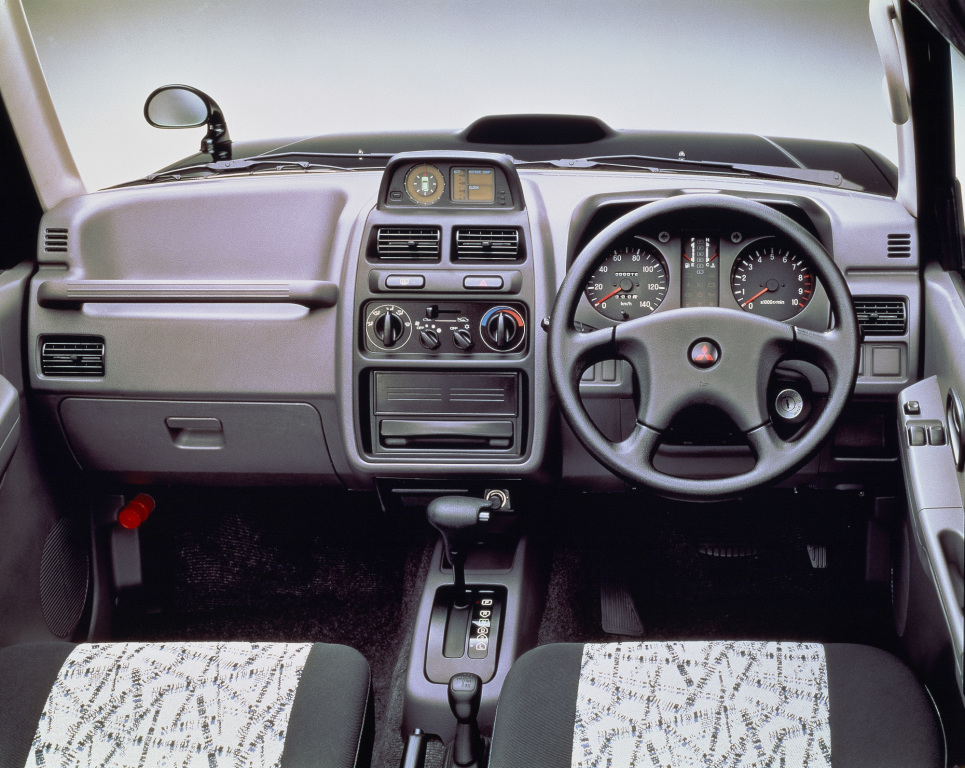
The majority of Pajero Minis in Pakistan were first-generation models produced between 1994 and 1998. Later, a limited number of second-generation models (1998–2012) were also imported. These featured slightly larger dimensions and a more streamlined front design with square headlamps while maintaining the overall classic appearance. The Pajero Mini was eventually discontinued in Japan in 2012, marking the end of its production run.
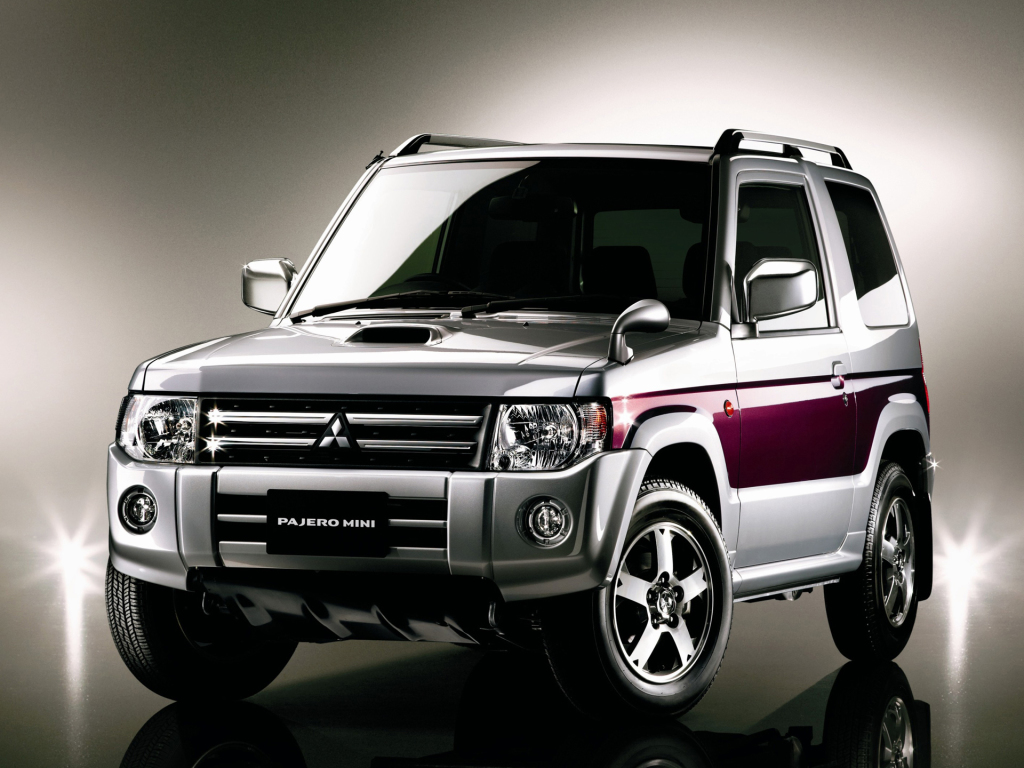
The Pajero Mini’s Legacy in Pakistan
While the Pajero Mini had its limitations, such as a somewhat cramped interior and limited engine power, its charm and utility made it a favorite among Pakistani car buyers in the mid-2000s. For many, it was an entry point into the world of SUVs—a symbol of status and adventure wrapped in a compact, budget-friendly package.
Related: Remembering Mitsubishi Cars From the 1980s
By the late 2000s, however, changes in import policies and the availability of newer, more advanced vehicles led to a decline in the popularity of the Pajero Mini. Nonetheless, its legacy lives on in the memories of enthusiasts who fondly remember it as one of the most iconic JDM imports of its time.
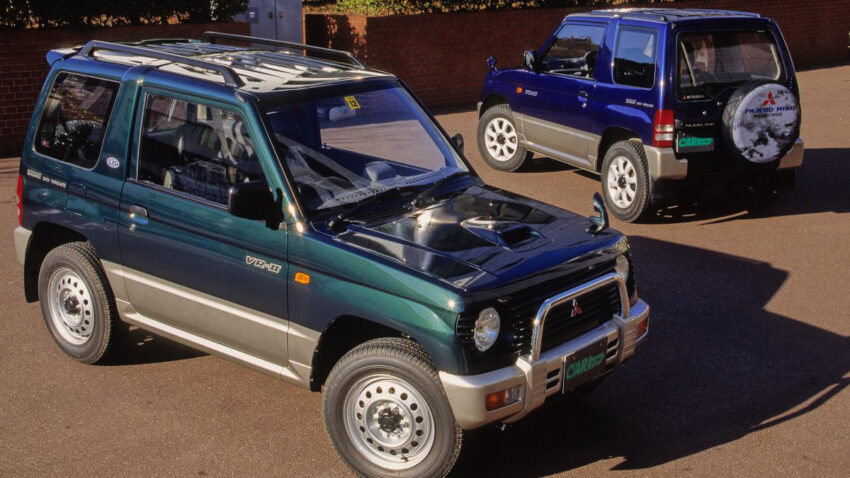
The Mitsubishi Pajero Mini was more than just a compact SUV; it was a statement of style, practicality, and affordability in the mid-2000s Pakistani car market. Its popularity during the JDM import boom underscores the country’s love for unique and versatile vehicles that offer value for money. Even today, spotting a Pajero Mini on the roads evokes a sense of nostalgia for an era when JDM imports redefined the automotive landscape of Pakistan.
Various Pajero Minis in Pakistan

A computer animation professional with over 23 years of industry experience having served in leading organizations, TV channels & production facilities in Pakistan. An avid car enthusiast and petrolhead with an affection to deliver quality content to help shape opinions. Formerly written for PakWheels as well as major publications including Dawn. Founder of CarSpiritPK.com

